Ho Chi Minh City Oncology Hospital, Branch 2, has a sharp increase in the number of people coming for treatment.
Sharing with reporters on the sidelines of the workshop "Improving cancer registration capacity" recently held in Ho Chi Minh City, Dr. Vo Duc Hieu, Deputy Director of Ho Chi Minh City Oncology Hospital, said that recently the number of patients coming for treatment at the unit's second facility has increased quite sharply.
This leads to increased costs of drugs, medical supplies and specialized techniques.
Explaining the reason for the above situation, Dr. Hieu said that from July 1, the merger of administrative boundaries between Ho Chi Minh City and the two provinces of Ba Ria - Vung Tau and Binh Duong (old) created favorable conditions for people in these two areas to be transferred directly from the initial level to the Ho Chi Minh City Oncology Hospital for treatment.
In addition, according to Decision No. 768/QD-SYT of the Ho Chi Minh City Department of Health on adjusting the planned number of beds of the Oncology Hospital, at facility 2, 200 more beds have been added (from 1,000 to 1,200 beds).

BSCKII Vo Duc Hieu, Deputy Director of Ho Chi Minh City Oncology Hospital (Photo: Hospital).
In addition, the hospital's implementation of new treatment techniques that bring outstanding treatment results, and the enhancement of health insurance payment policies for patients with on-demand services at clinical departments, also increases the number of medical examinations and the average cost per examination.
The leader of Ho Chi Minh City Oncology Hospital said that the rate of increase in the number of cancer cases in Vietnam in general reflects a combination of many factors.
Firstly, the population’s life expectancy is increasing. As the average life expectancy of Vietnamese people increases (about 75 years old now), the number of people entering the age group with a high risk of cancer (over 50-60 years old) also increases.
Second, lifestyle changes in an unfavorable direction, such as high rates of smoking and alcohol use, lack of exercise causing increased overweight and obesity, eating a lot of processed foods, eating less vegetables and fiber... contribute to increasing types of cancer such as colon, breast, liver, pancreas, esophagus...
Third, living environment and working conditions are still risky, closely related to lung, liver, bladder, blood cancers, etc. Fourth, cancer screening habits are still low, leading to many people going to the doctor when the disease is in the late stages.

People come for examination and treatment at Ho Chi Minh City Oncology Hospital, branch 2 (Photo: Hoang Le).
The important role of population cancer data
According to the World Health Organization (WHO), cancer registration is a core component and "backbone" of the national cancer control strategy. Data from population-based cancer registries (PBCRs) are the foundation for health facilities to advise on evidence-based policy decisions.
Specifically, PBCR helps determine the true cancer burden in each locality by gender - age - cancer type; helps detect increasing or decreasing disease trends over time, thereby prioritizing resources for prevention; identifies high-risk groups, helping to design focused screening programs.
PBCR also helps evaluate the effectiveness of intervention programs such as HPV vaccination, anti-tobacco, breast/cervical/colorectal screening; provides evidence for forecasting future disease burden, serving hospital network planning, human resources, and equipment.
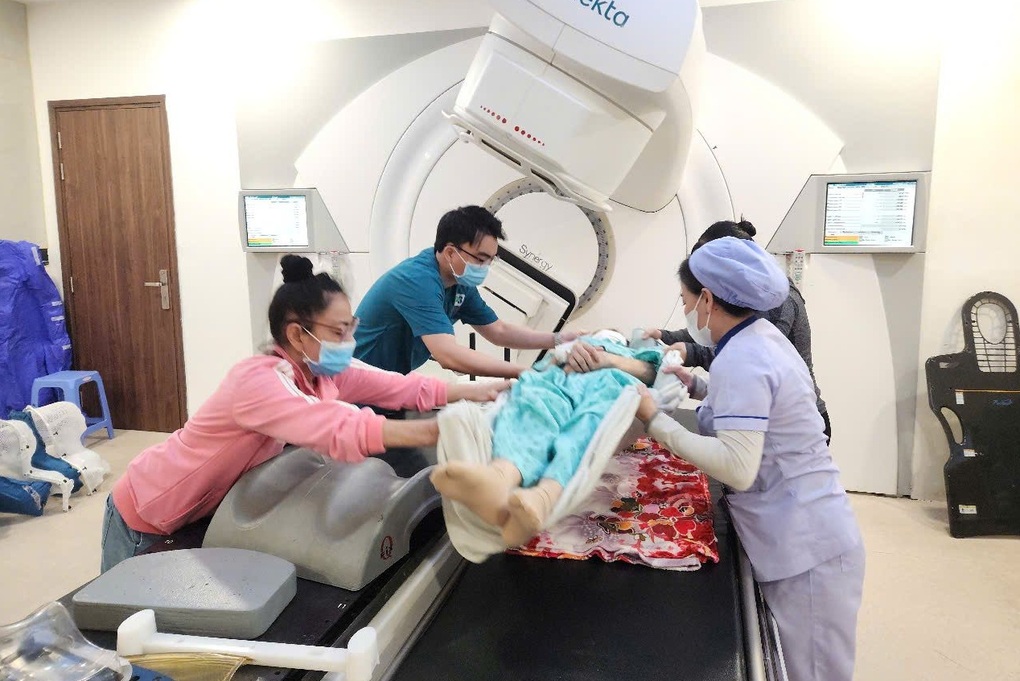
Medical staff at the Oncology Hospital support a cancer patient during radiotherapy (Photo: Hospital).
Doctor Bui Duc Tung, Head of the Oncology Hospital of Ho Chi Minh City, said that the information system at major hospitals in Ho Chi Minh City has reached a high level of digitalization and has unified data standards. The rate of hospitals with electronic systems has reached over 90%, creating a rich and structured data source.
In addition, many facilities already have internal data portals that are ready to connect with population cancer registry platforms.
However, there are also many challenges in developing PBCR in Ho Chi Minh City, such as a large population with high mobility, requiring a clear process for determining residence; or a growing private sector, requiring a mandatory reporting mechanism.
To develop cancer registration, Dr. Tung said, it is necessary to expand the network to many provinces and cities; apply international standards, assess completeness and timeliness; link data; digitize and apply information technology; implement survival registration; and strengthen international cooperation.
Source: https://dantri.com.vn/suc-khoe/vi-sao-benh-vien-ung-buou-tphcm-tang-manh-benh-nhan-ung-thu-vao-dieu-tri-20251115000418289.htm


![[Photo] General Secretary To Lam receives Vice President of Luxshare-ICT Group (China)](https://vphoto.vietnam.vn/thumb/1200x675/vietnam/resource/IMAGE/2025/11/15/1763211137119_a1-bnd-7809-8939-jpg.webp)
![[Photo] General Secretary To Lam receives Governor of Kanagawa Province (Japan) Kuroiwa Yuji](https://vphoto.vietnam.vn/thumb/1200x675/vietnam/resource/IMAGE/2025/11/15/1763204231089_a1-bnd-7718-5559-jpg.webp)
![[Photo] Panorama of the 2025 Community Action Awards Final Round](https://vphoto.vietnam.vn/thumb/1200x675/vietnam/resource/IMAGE/2025/11/15/1763206932975_chi-7868-jpg.webp)



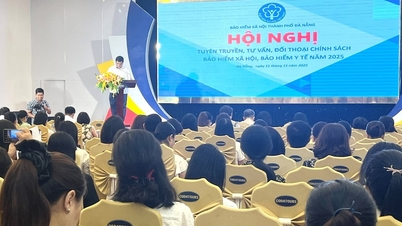

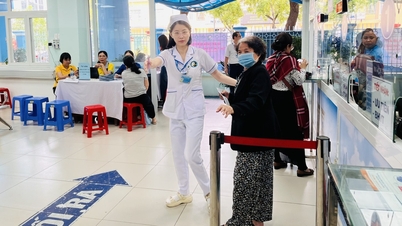

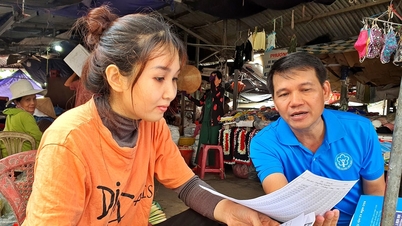


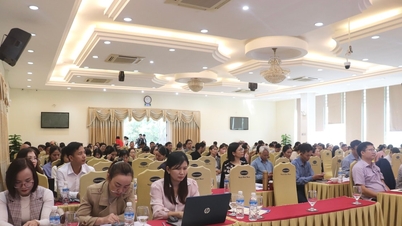



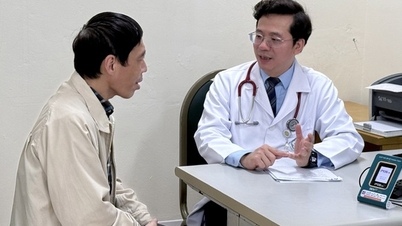

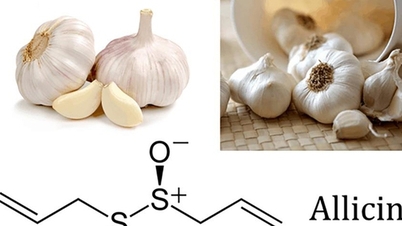
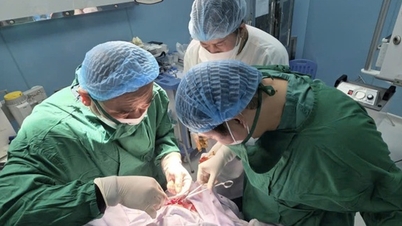







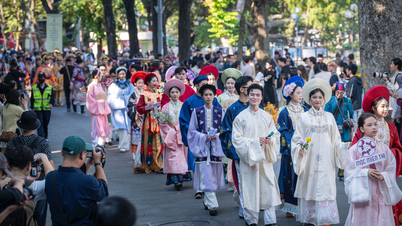









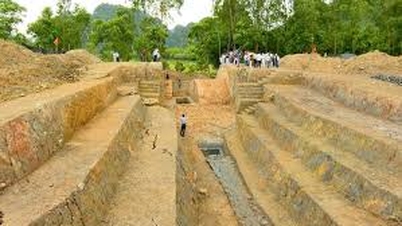












































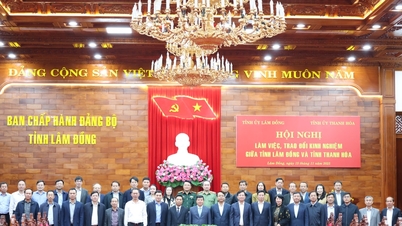























Comment (0)